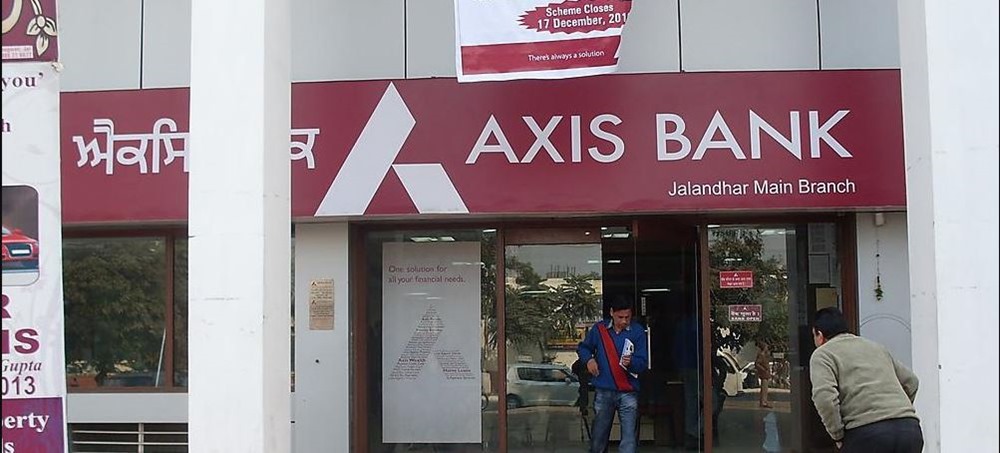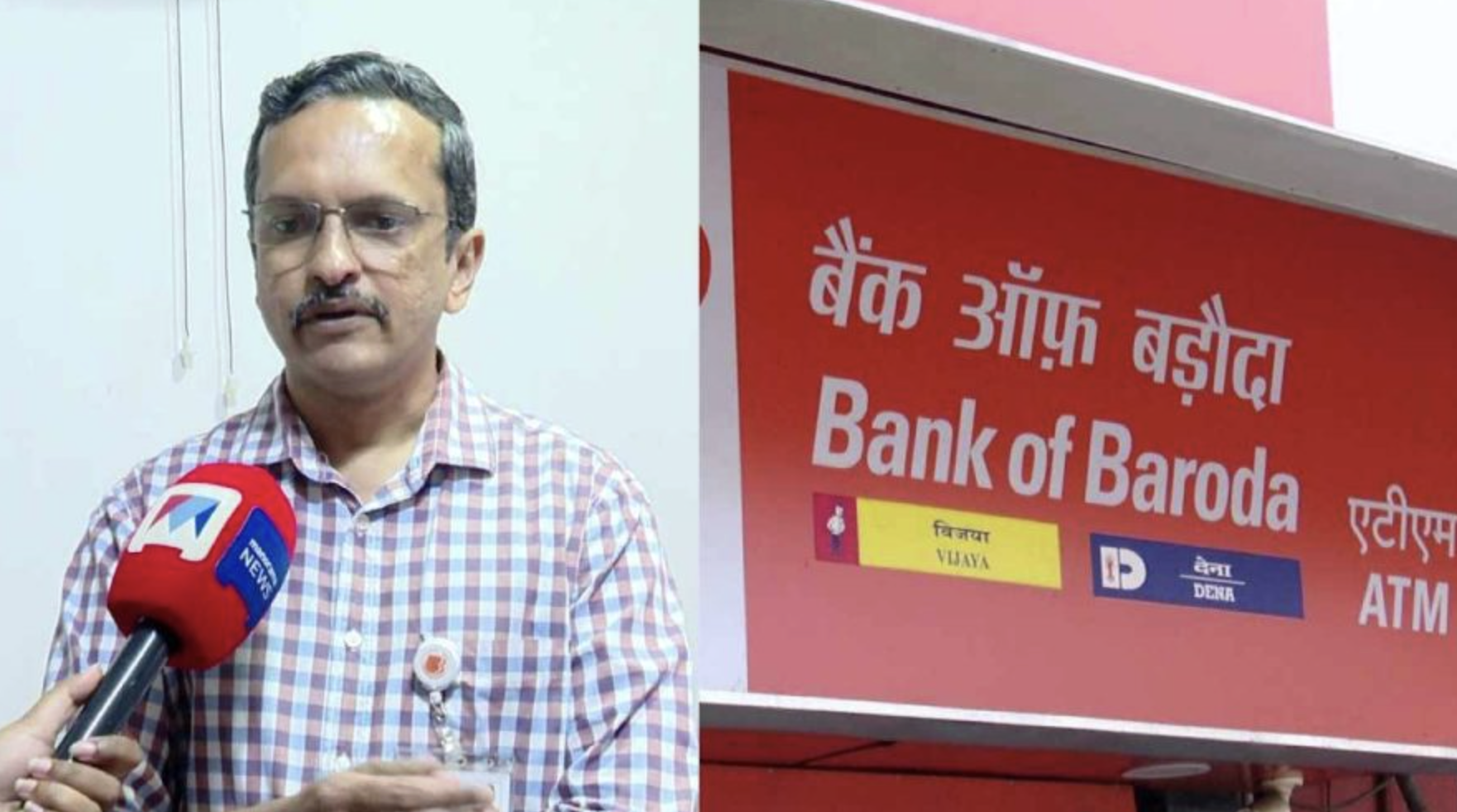Tata Group is on the brink of becoming one of the first private sector entities to enter India’s nuclear power industry. Group chairman N. Chandrasekaran recently announced that Tata Power is exploring participation in small modular nuclear reactors (SMNRs), pending government approval.

This move aligns with the Indian government’s invitation to the private sector and startups to develop SMR technology within the country, initially extended by Union Minister Dr. Jitendra Singh in late 2022.
Understanding Small Modular Nuclear Reactors (SMNRs)
Small Modular Nuclear Reactors (SMNRs) are a new frontier in nuclear energy. These reactors are smaller than traditional nuclear reactors and are designed to be modular, allowing for more flexible deployment. The Indian government plans to invite approximately $26 billion in investment to develop this sector, aiming to reduce carbon emissions and align with global trends toward greater acceptance of nuclear energy.
Tata Power’s Strategic Shift
In its latest annual report, Tata Power highlighted the growing shift towards SMNRs, noting that large reactors face constraints and safety concerns. Governments worldwide are increasingly supporting SMNR development and unveiling new funding plans. While challenges exist in building SMRs, countries like China, Russia, and the U.S. are leading the way in this segment.
India’s Nuclear Energy Landscape
India currently operates 24 nuclear reactors with a combined capacity of 8.1 gigawatts (GW). The government aims to add 18 more nuclear reactors by 2031-32, bringing the total nuclear power capacity to 22.4 GW. This includes 10 indigenously designed pressurized heavy water reactors (PHWRs). However, the law currently bars private firms from building nuclear power plants in the country, though they can supply equipment and components and participate in civil construction outside the reactors.
Government Support and Future Plans
The Indian government is actively seeking $26 billion (Rs 2.16 trillion) in private investment to decarbonize the power sector. Discussions are ongoing with private companies like Reliance Industries, Tata Power, Adani Power, and Vedanta. In her Budget 2024 speech, Finance Minister Nirmala Sitharaman announced plans to develop Bharat Small Reactors (BSRs) as part of India’s nuclear energy expansion. BSRs are compact nuclear reactors designed to generate electricity on a smaller scale compared to traditional large nuclear power plants. They build upon India’s existing 220-megawatt pressurized heavy water reactor (PHWR) technology, with 16 operational units already in the country.
Distinguishing BSRs and SMRs
While BSRs align with global trends in nuclear energy, they are distinct from SMRs. SMRs involve factory-made, easily assembled reactors, whereas BSRs build upon India’s existing PHWR technology. The key innovation with BSRs is the government’s decision to partner with the private sector for their development and deployment. This marks a historic shift, as the Atomic Energy Act of 1962 previously did not permit private sector participation in nuclear energy generation.
Conclusion
Tata Group’s exploration into SMNRs represents a significant milestone for India’s nuclear power sector. As the country seeks to meet its emission goals and decarbonize its power sector, the collaboration between the government and private sector in developing nuclear technology like SMNRs and BSRs is poised to play a crucial role. The future of India’s nuclear energy landscape looks promising with these innovative advancements and strategic partnerships.













